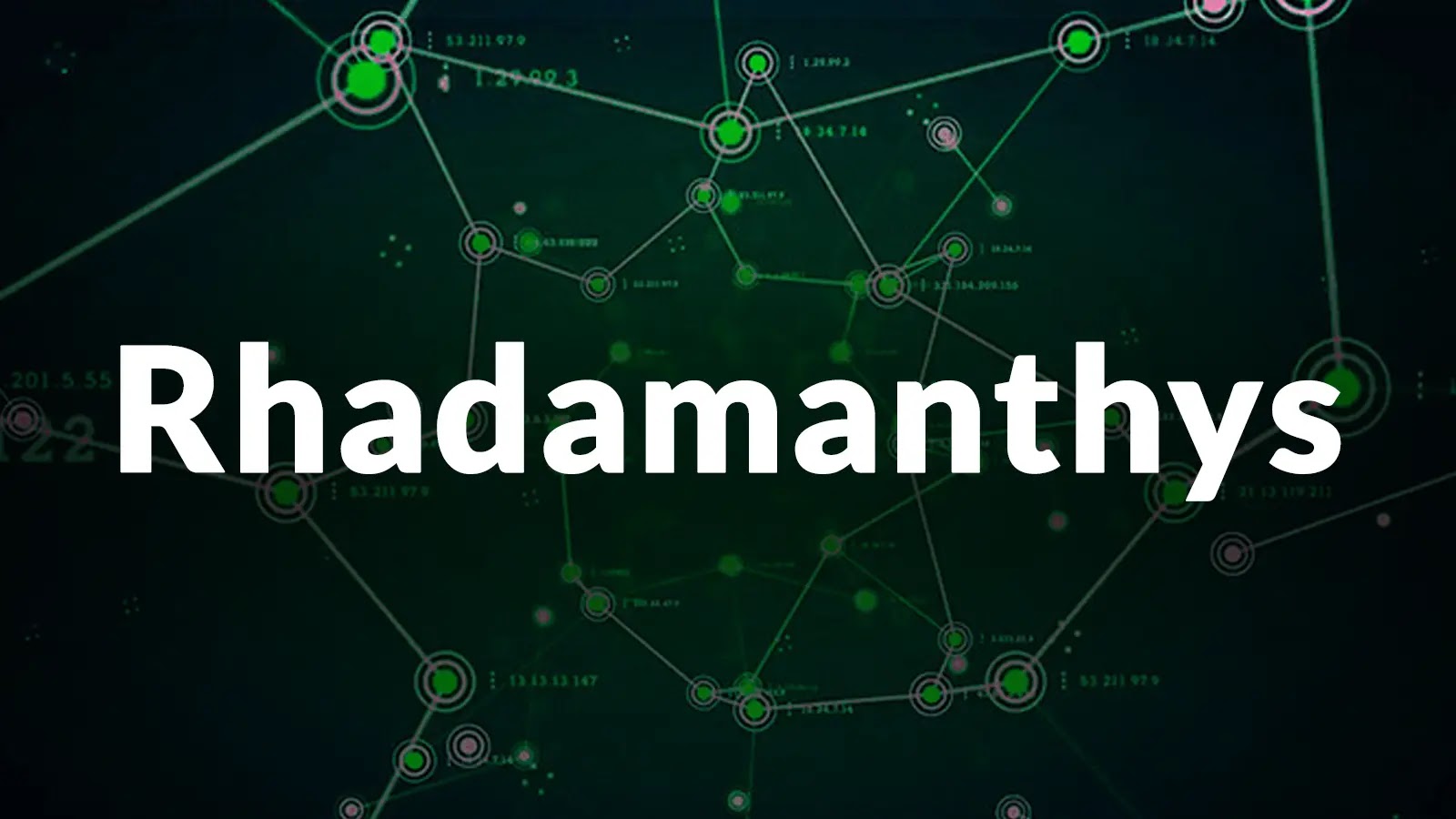
Rhadamanthys Stealer Servers Possibly Seized – Admin Urges to Reinstall Servers
Rhadamanthys Stealer: A Major Disruption in the Cyber Underground
The cybersecurity community is abuzz with reports of a potential law enforcement takedown impacting the infrastructure of Rhadamanthys Stealer. This information stealer, a prominent player in the malware-as-a-service (MaaS) landscape for several months, appears to have suffered a significant disruption to its command and control (C2) servers. This development signifies a critical blow to cybercriminal operations relying on this tool and offers a rare glimpse into the persistent efforts to dismantle such networks.
The Rhadamanthys Stealer: An Overview
Rhadamanthys Stealer has been a persistent nuisance for security professionals, primarily functioning as a sophisticated information-gathering tool. Its capabilities typically include siphoning sensitive data such as login credentials, financial information, cryptocurrency wallet details, browser histories, and system configurations from infected machines. The MaaS model employed by Rhadamanthys made it accessible to a wide range of cybercriminals, from individual actors to more organized groups, lowering the barrier to entry for conducting data theft campaigns.
Signs of a Takedown: Admin Alerts and Access Issues
The primary indicators of this potential law enforcement action stem from two key observations. Firstly, users of the Rhadamanthys Stealer platform have reported widespread difficulties in accessing their C2 servers. This inability to connect and manage their compromised bots points directly to an infrastructure collapse. Secondly, and perhaps more tellingly, the administrator of the Rhadamanthys service has reportedly urged users to reinstall their servers. This directive strongly suggests that the existing infrastructure is compromised or no longer viable, forcing a complete pivot for its illicit operations. Such an urgent and public announcement from a stealth-focused operation is highly unusual and underscores the severity of the situation.
Implications for the Cybercrime Ecosystem
A successful disruption of Rhadamanthys Stealer’s operations has several crucial implications:
- Reduced Threat Landscape: Temporarily, at least, the number of active Rhadamanthys Stealer infections and associated data breaches is likely to decrease.
- Disrupted Criminal Operations: Affiliates and purchasers of the stealer will have their ongoing campaigns interrupted, potentially leading to financial losses and operational setbacks for them.
- Data Recovery Possibilities: In some law enforcement operations, seized servers can sometimes lead to the recovery of stolen data, potentially allowing for victim notification and mitigation efforts.
- Chilling Effect: Such a high-profile takedown sends a strong message to other cybercriminal enterprises, highlighting the risks involved in operating these services.
Remediation Actions for Individuals and Organizations
While the direct impact of this specific operation is on the stealer’s infrastructure, the ongoing threat of information stealers remains. Proactive measures are always the best defense. There is no specific CVE number associated with Rhadamanthys Stealer itself, as it is a malware family rather than a specific software vulnerability. However, the principles of protection remain critical:
- Strong Passwords and Multi-Factor Authentication (MFA): Implement strong, unique passwords for all accounts and enable MFA wherever possible. This vastly limits the utility of stolen credentials.
- Software Updates: Keep operating systems, web browsers, and all software updated with the latest security patches. Many info stealers exploit known vulnerabilities.
- Antivirus/Endpoint Detection and Response (EDR): Utilize robust antivirus software and, for organizations, EDR solutions to detect and prevent malware execution.
- Email Vigilance: Exercise extreme caution with unsolicited emails and attachments. Phishing remains a primary vector for malware delivery.
- Network Segmentation: For organizations, segment networks to limit the lateral movement of malware if an initial compromise occurs.
- Regular Backups: Maintain regular, secure backups of critical data to mitigate the impact of data loss or encryption.
- Security Awareness Training: Educate employees about common cyber threats, including phishing, social engineering, and the dangers of suspicious downloads.
Conclusion: A Win, But the Battle Continues
The potential seizure of Rhadamanthys Stealer servers represents a significant victory in the ongoing fight against cybercrime. It underscores the tenacious efforts of global law enforcement agencies to dismantle illicit digital operations and protect individuals and organizations from data theft. However, the dynamic nature of the threat landscape means that while one threat actor may be disrupted, others are always emerging or adapting. Continuous vigilance, robust security practices, and a proactive defense posture remain indispensable for navigating the complexities of modern cybersecurity.





